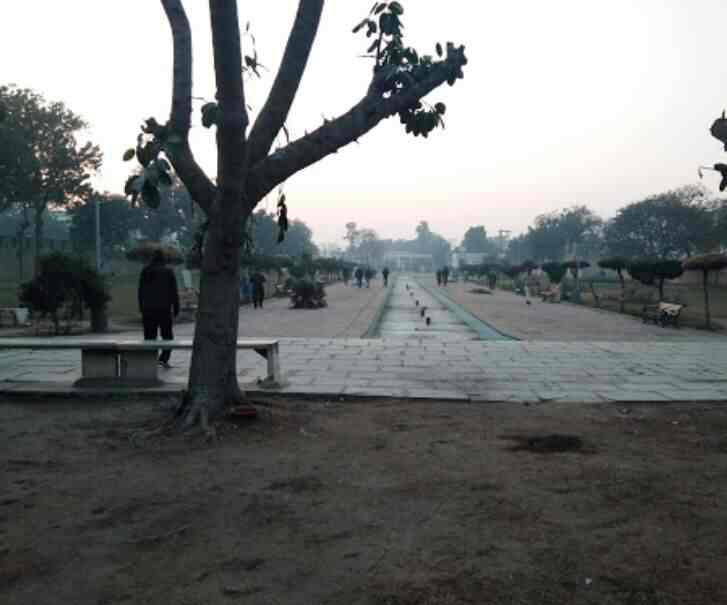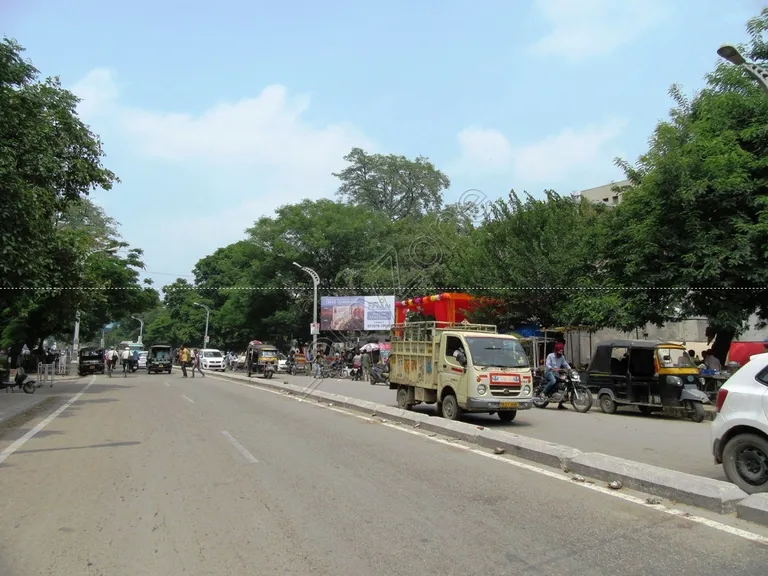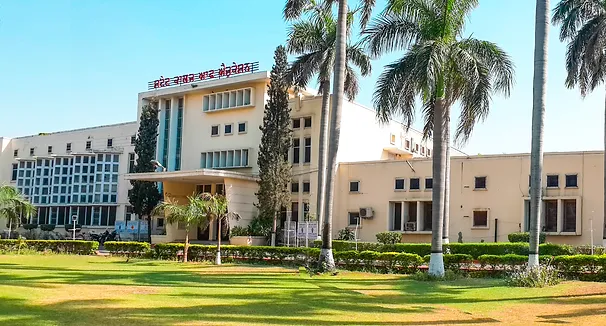Fort Patiala
Historic Significance: Fort Patiala, also known as Qila Mubarak, holds immense historic significance as a symbol of Punjab’s rich cultural heritage. It served as a center of power and governance for the Patiala dynasty, playing a pivotal role in shaping the region’s history. Over the centuries, the fort has witnessed various historical events and reflects the socio-political landscape of Punjab.
Architecture: Constructed in 1764 during the reign of Maharaja Ala Singh, Fort Patiala showcases a magnificent fusion of Mughal and Rajput architectural styles. The fort’s impressive design includes intricately carved arches, ornate domes, and decorative motifs, exemplifying the craftsmanship of the artisans of that era. Its strategic layout and sturdy fortifications testify to its defensive capabilities and architectural grandeur.
Royal Residence: Fort Patiala served as the primary residence of the royal family of Patiala, offering them a luxurious and fortified abode. Maharaja Ala Singh, the founder of the Patiala dynasty, and subsequent rulers used the fort as their seat of power and residence. The fort’s palatial structures and opulent interiors reflect the wealth and prestige of the Patiala rulers.
Ranjit Singh Gate: The Ranjit Singh Gate, named after the legendary Sikh ruler Maharaja Ranjit Singh, is the grand entrance to Fort Patiala. Adorned with intricate carvings and embellishments, the gate welcomes visitors with its imposing presence and historical significance. It serves as a tangible link to Punjab’s glorious past and the region’s association with renowned historical figures.
Sheesh Mahal: The Sheesh Mahal, or the Palace of Mirrors, is one of the most captivating features of Fort Patiala. This exquisite palace is renowned for its elaborate mirror work, intricate glass mosaic, and vibrant frescoes depicting mythological and floral motifs. Visitors are mesmerized by the palace’s shimmering interiors, which create a magical ambiance reminiscent of bygone royal splendor.
Darbar Hall: The Darbar Hall within Fort Patiala served as the venue for royal gatherings, ceremonial events, and administrative functions. Its grandeur is reflected in its spacious layout, ornate pillars, and decorative ceilings, which echo the architectural brilliance of the Mughal era. The hall’s historical significance lies in its role as the nerve center of governance, where important decisions impacting the fate of the region were made.
Qila Androon: Qila Androon, the inner fort of Fort Patiala, is a labyrinthine complex comprising palaces, courtyards, and gardens. This section of the fort offers a glimpse into the private quarters of the royal family, including living spaces, audience halls, and royal chambers. The Qila Androon also houses a museum that showcases a rich collection of artifacts, paintings, and relics spanning centuries of Punjab’s history.
Visitor Experience: Visitors to Fort Patiala are transported back in time as they explore its majestic architecture, lush gardens, and evocative interiors. Guided tours offer insights into the fort’s history, architecture, and cultural significance, enhancing the visitor experience. The serene ambiance of the fort’s surroundings provides a tranquil retreat for tourists seeking to immerse themselves in Punjab’s rich heritage and legacy.
Cultural Events: Throughout the year, Fort Patiala hosts a variety of cultural events that celebrate Punjab’s rich heritage. These events include music concerts featuring traditional Punjabi music, dance performances showcasing regional folk dances, and art exhibitions highlighting local artists. Visitors can immerse themselves in the vibrant cultural scene of Punjab, experiencing its music, dance, and art forms in the historical setting of the fort.
Restoration Efforts: In recent years, significant efforts have been made to conserve and restore Fort Patiala to its former glory. Preservation experts and historians have worked tirelessly to repair and maintain the fort’s architectural elements, ensuring that its historical significance is preserved for future generations. These restoration efforts are essential for maintaining the fort’s structural integrity and protecting its cultural heritage for years to come.
Educational Significance: Fort Patiala is not just a tourist attraction but also a valuable educational resource. Schools and educational institutions often organize visits to the fort to educate students about Punjab’s history, architecture, and cultural heritage. The fort’s historical significance provides a unique learning opportunity for students to gain a deeper understanding of Punjab’s past and its impact on the region’s present.
Tourist Attractions: Beyond its historical significance, Fort Patiala is surrounded by a plethora of tourist attractions that cater to visitors of all ages. Nearby markets offer a variety of local handicrafts, souvenirs, and traditional Punjabi cuisine, providing a glimpse into the region’s vibrant culture. Parks and gardens in the vicinity of the fort offer a serene escape from the hustle and bustle of city life, making it an ideal destination for tourists looking to relax and unwind.
Local Legends: Like many historical sites, Fort Patiala is steeped in local legends and folklore that add to its mystique. Stories of valor, romance, and intrigue are associated with the fort, captivating the imagination of visitors and locals alike. Exploring these legends adds an element of adventure to the visitor experience, offering a glimpse into the cultural tapestry of Punjab.
Address: 9F77+JW5, Main Road, National Highway, Shekhupura, Patiala, Punjab 147002




